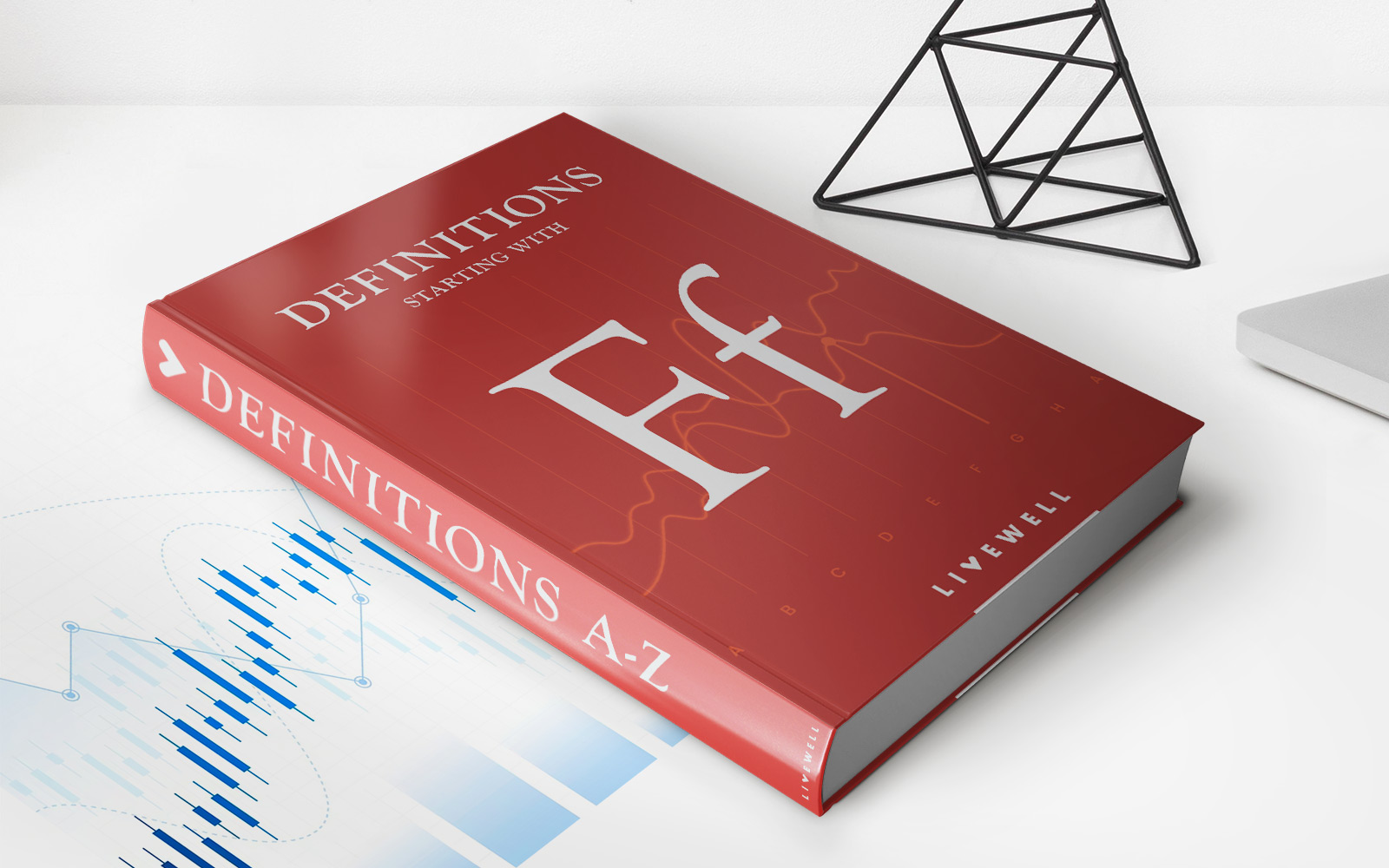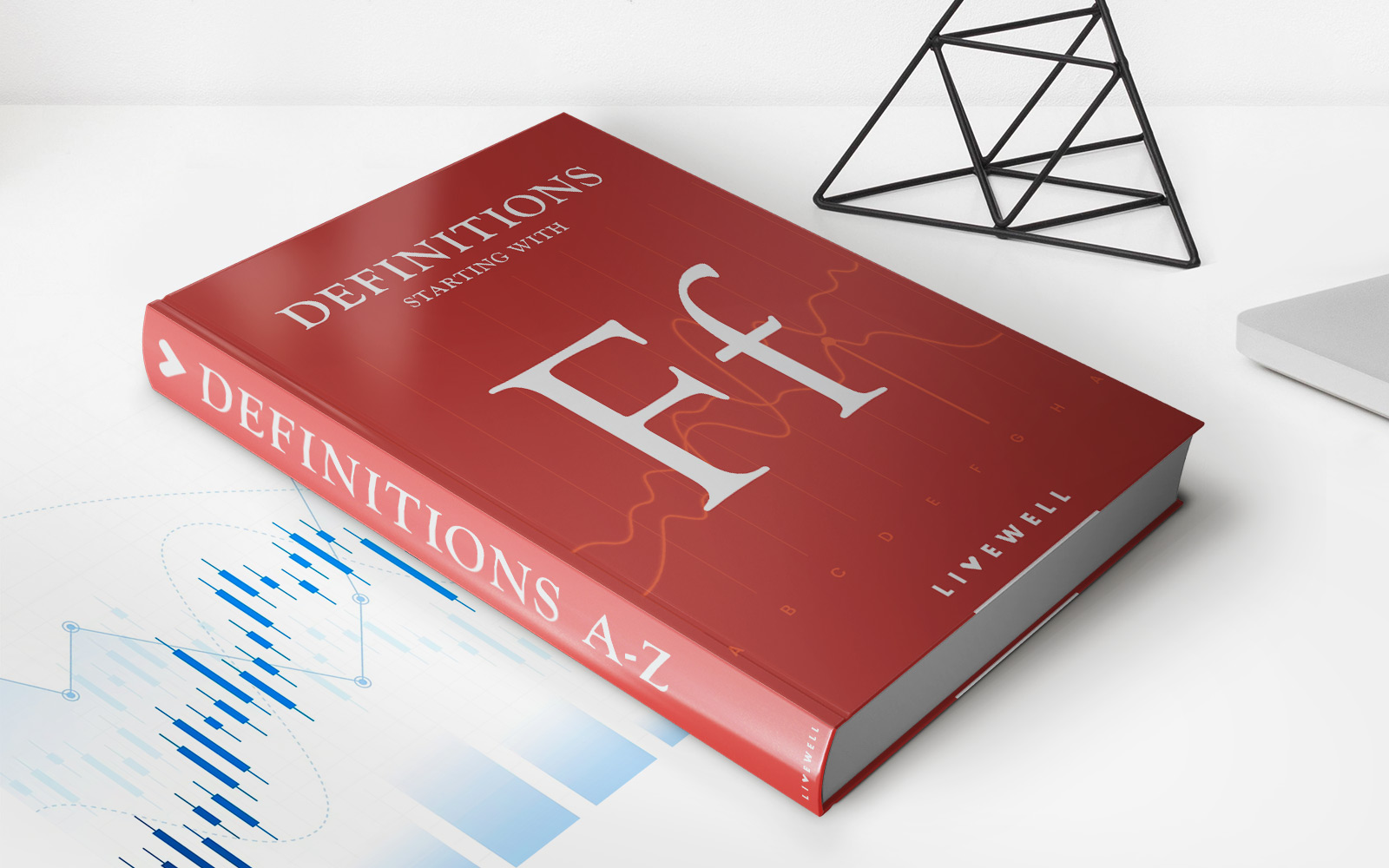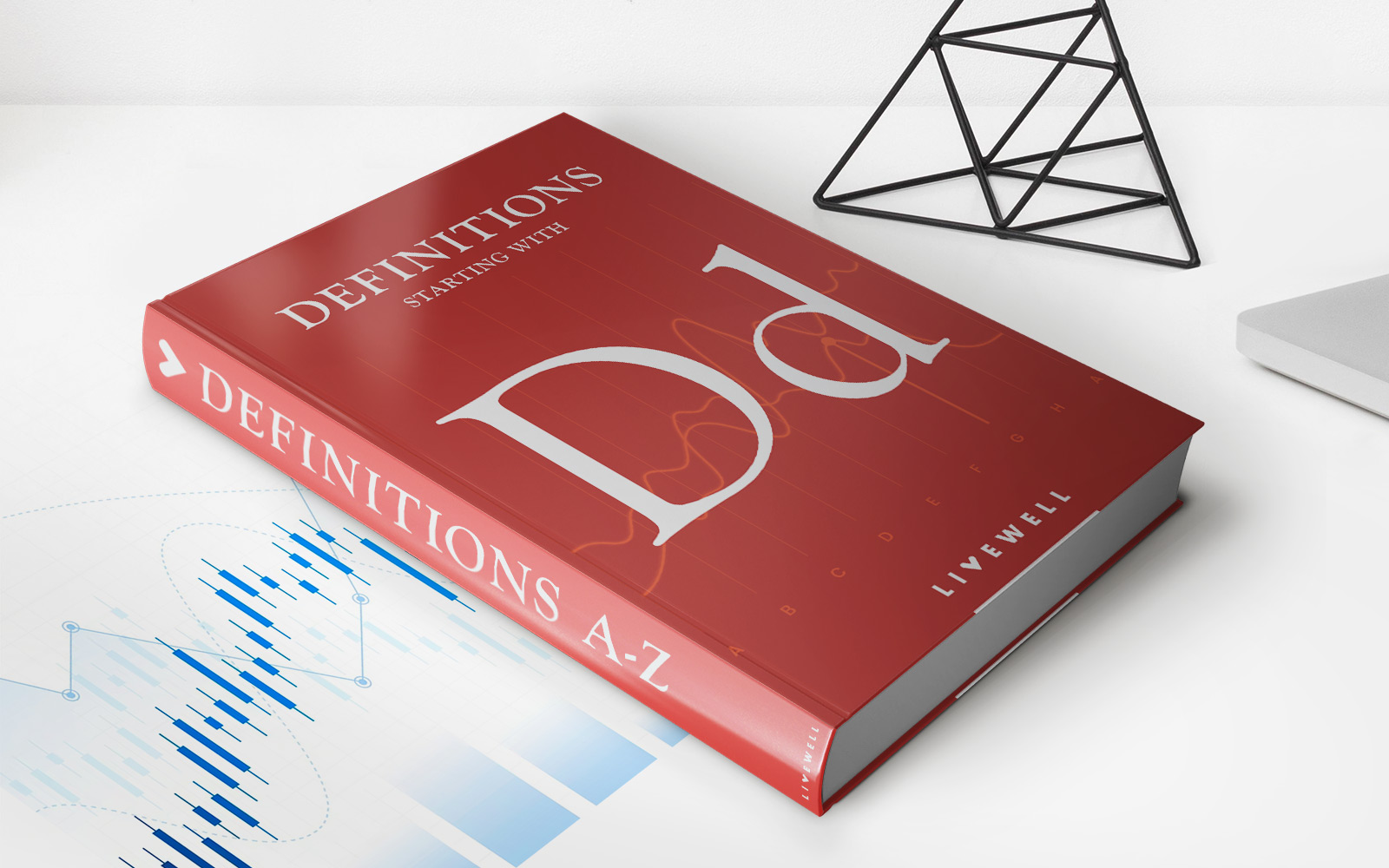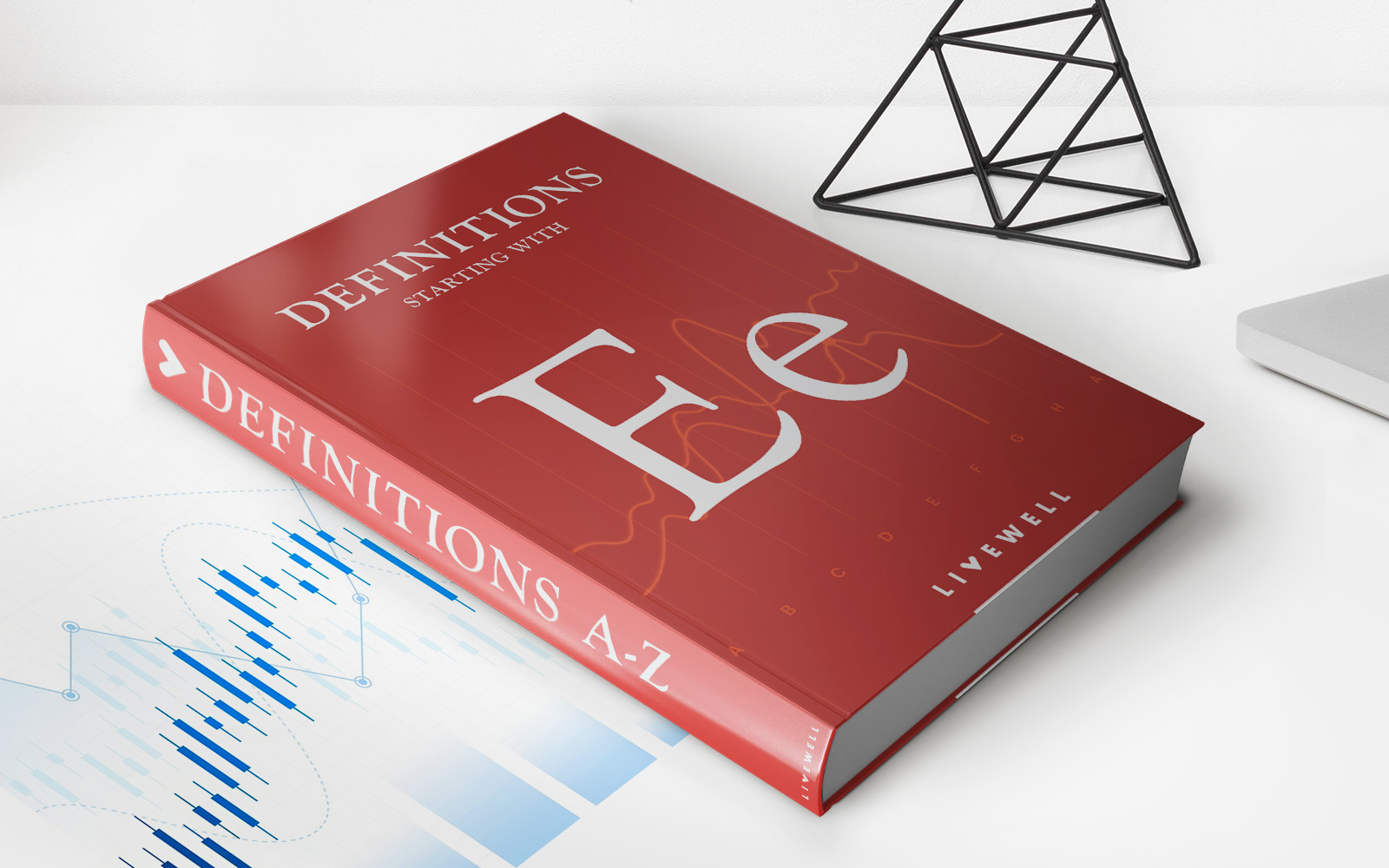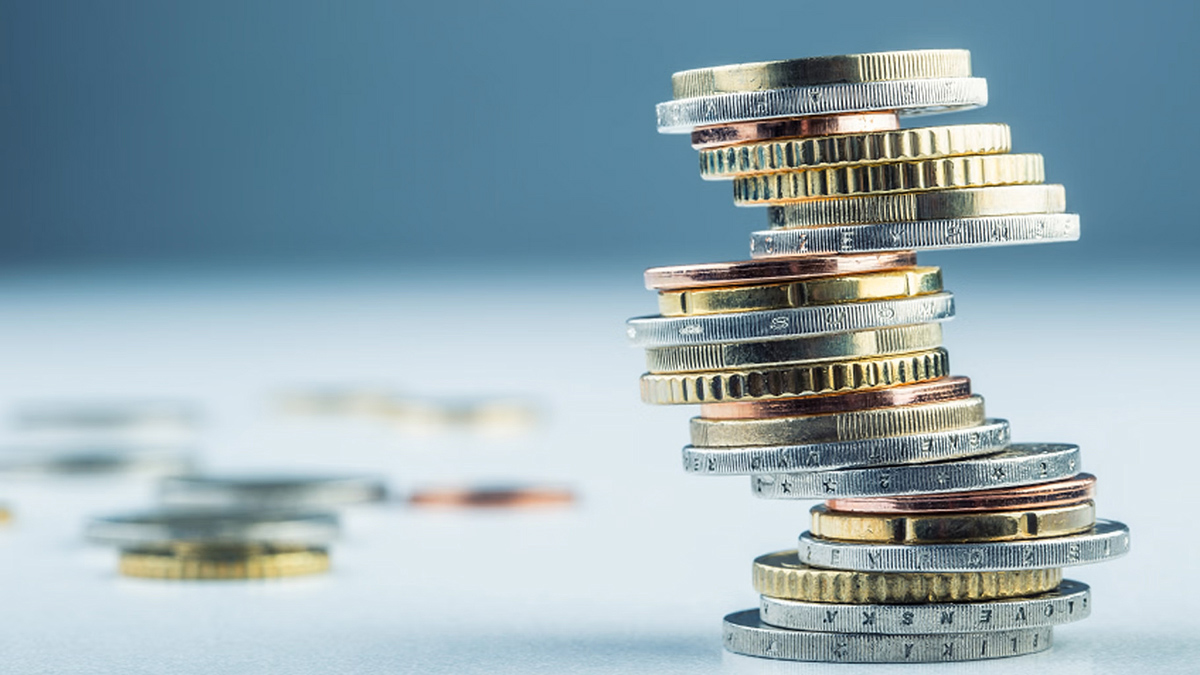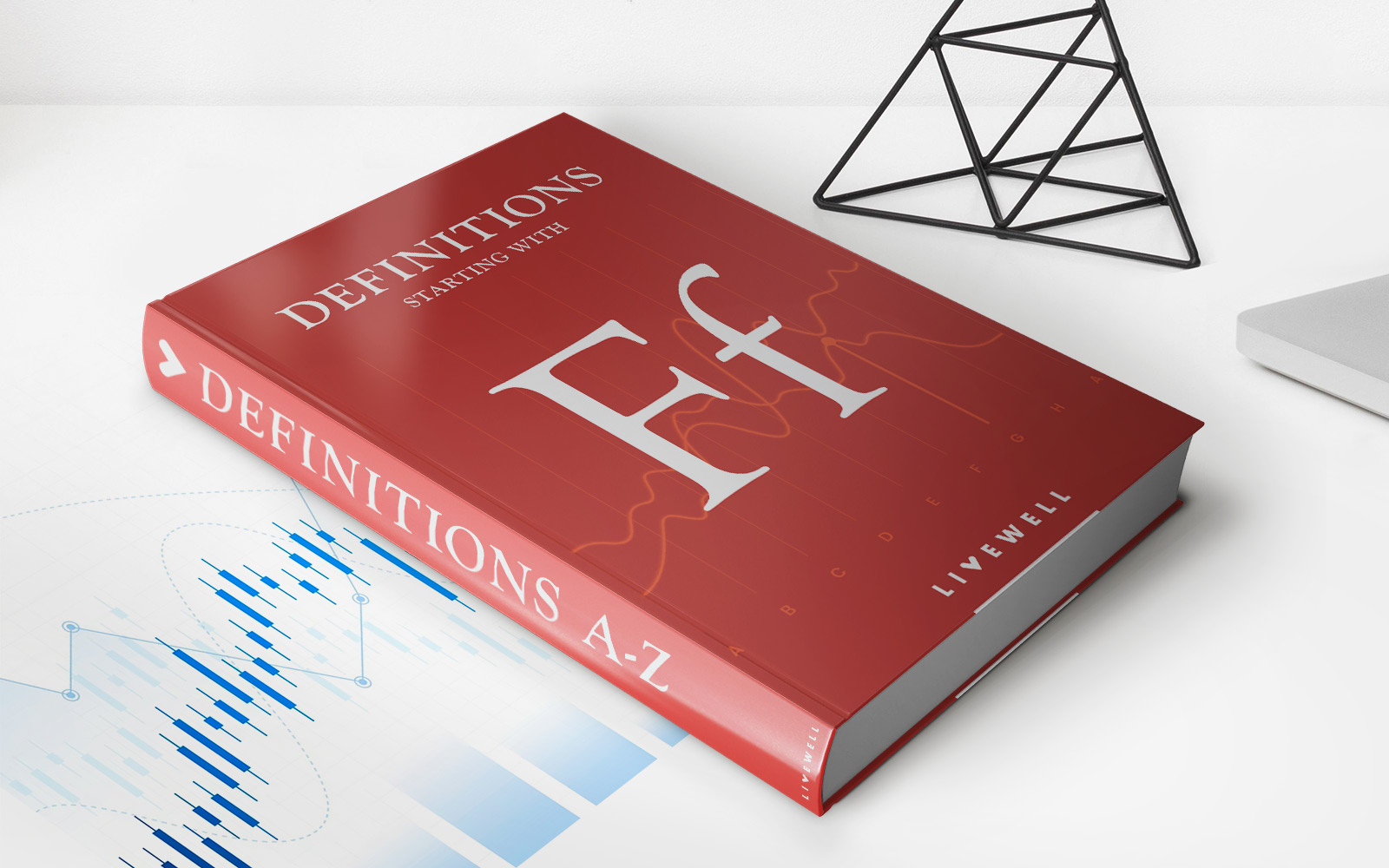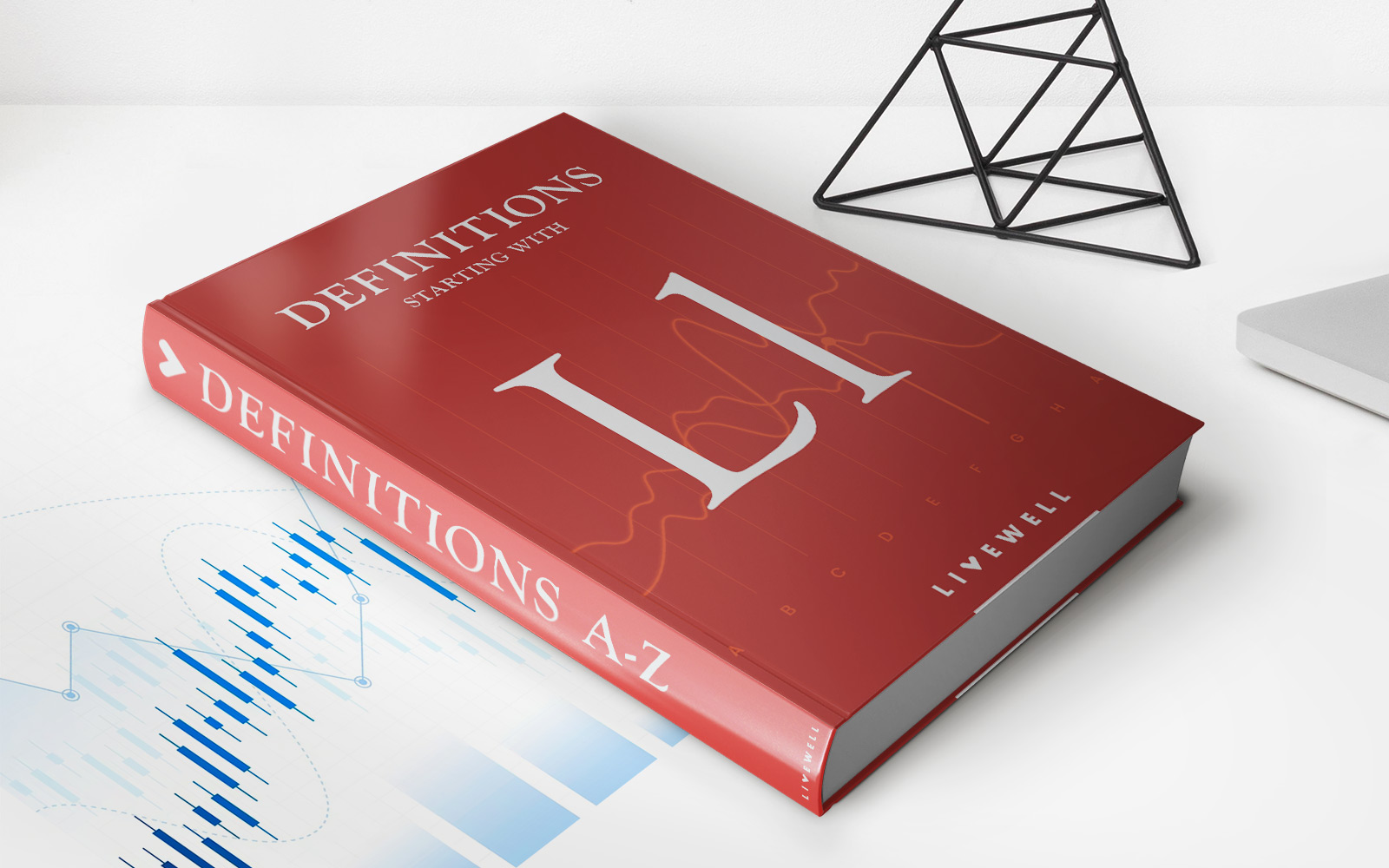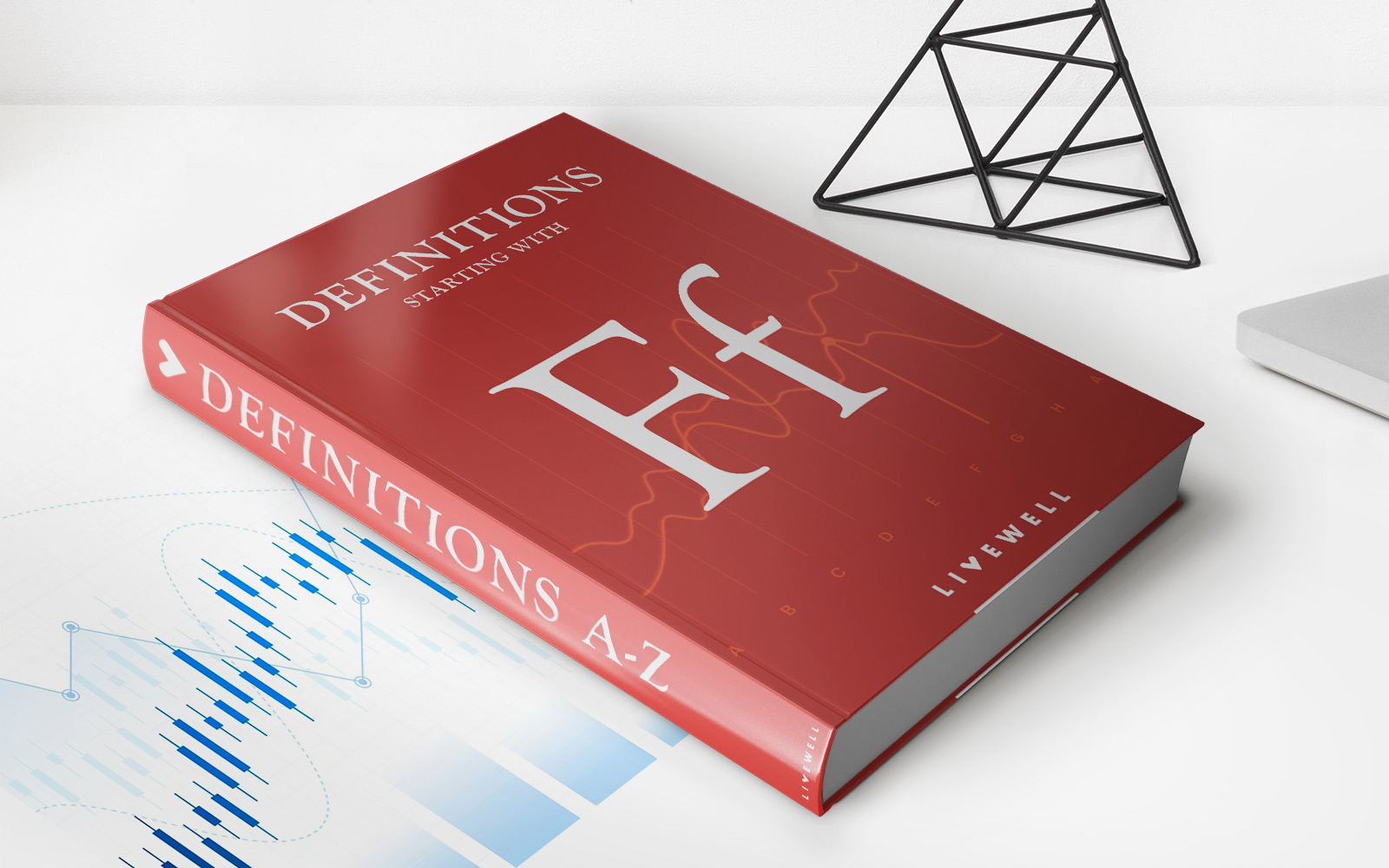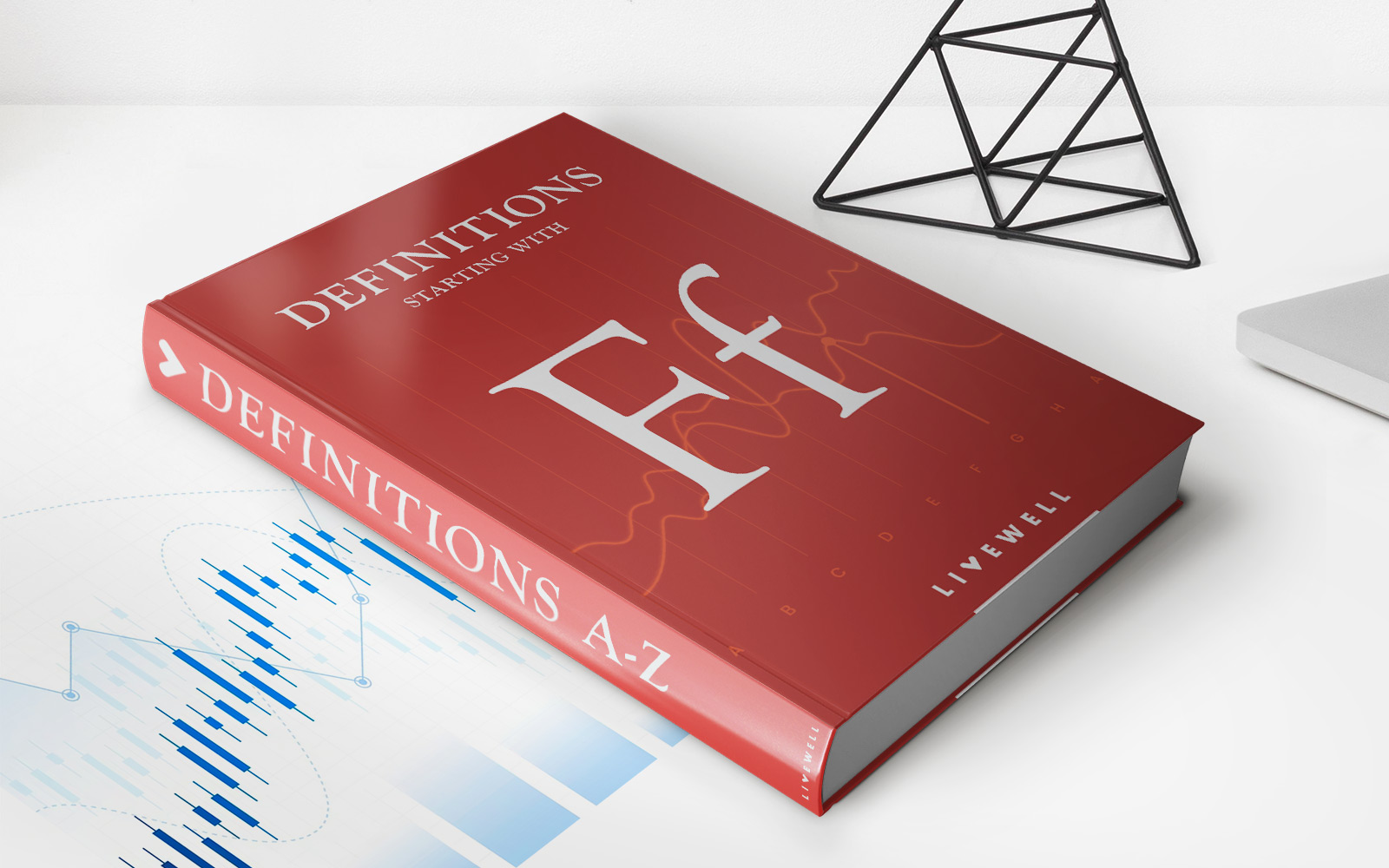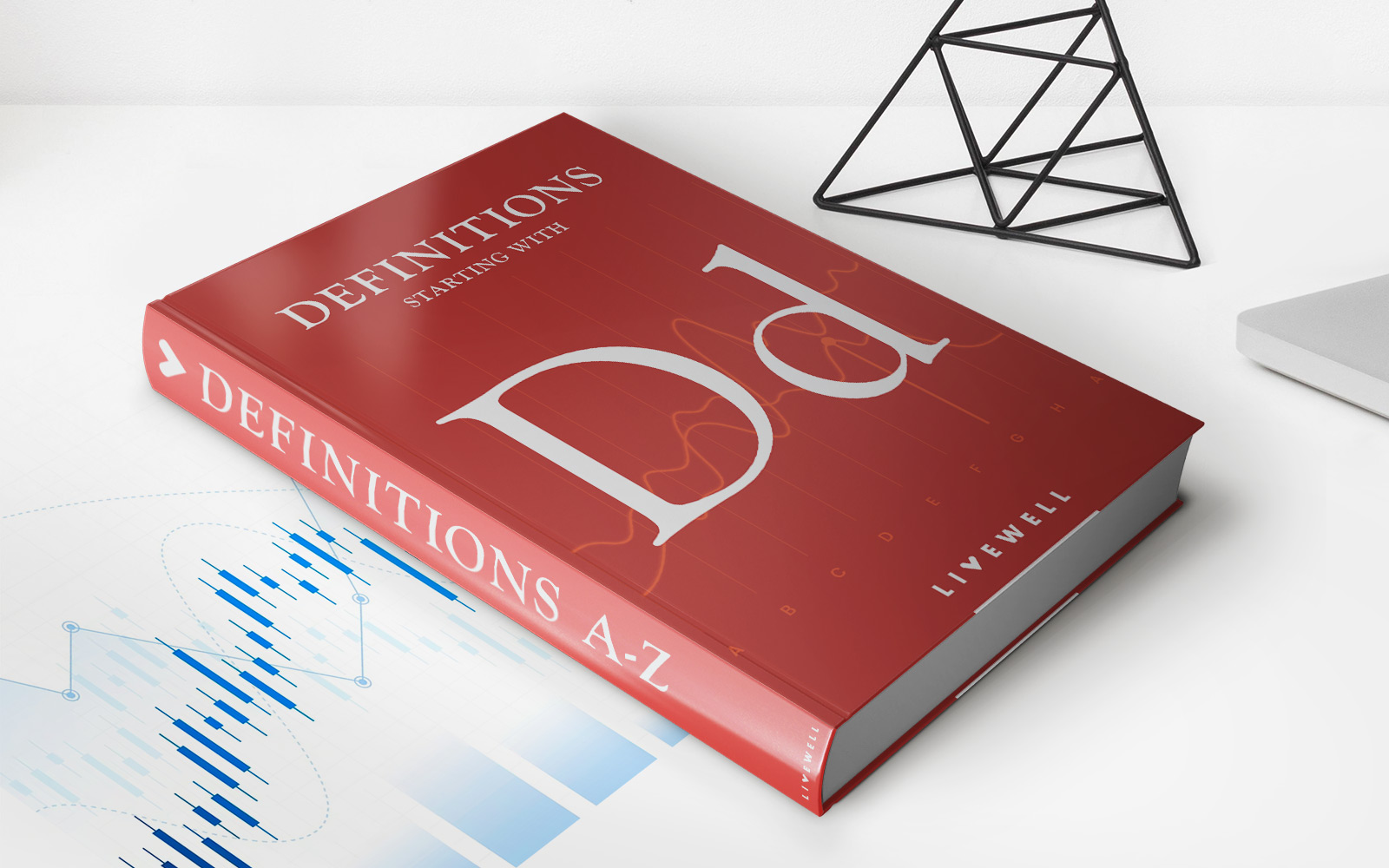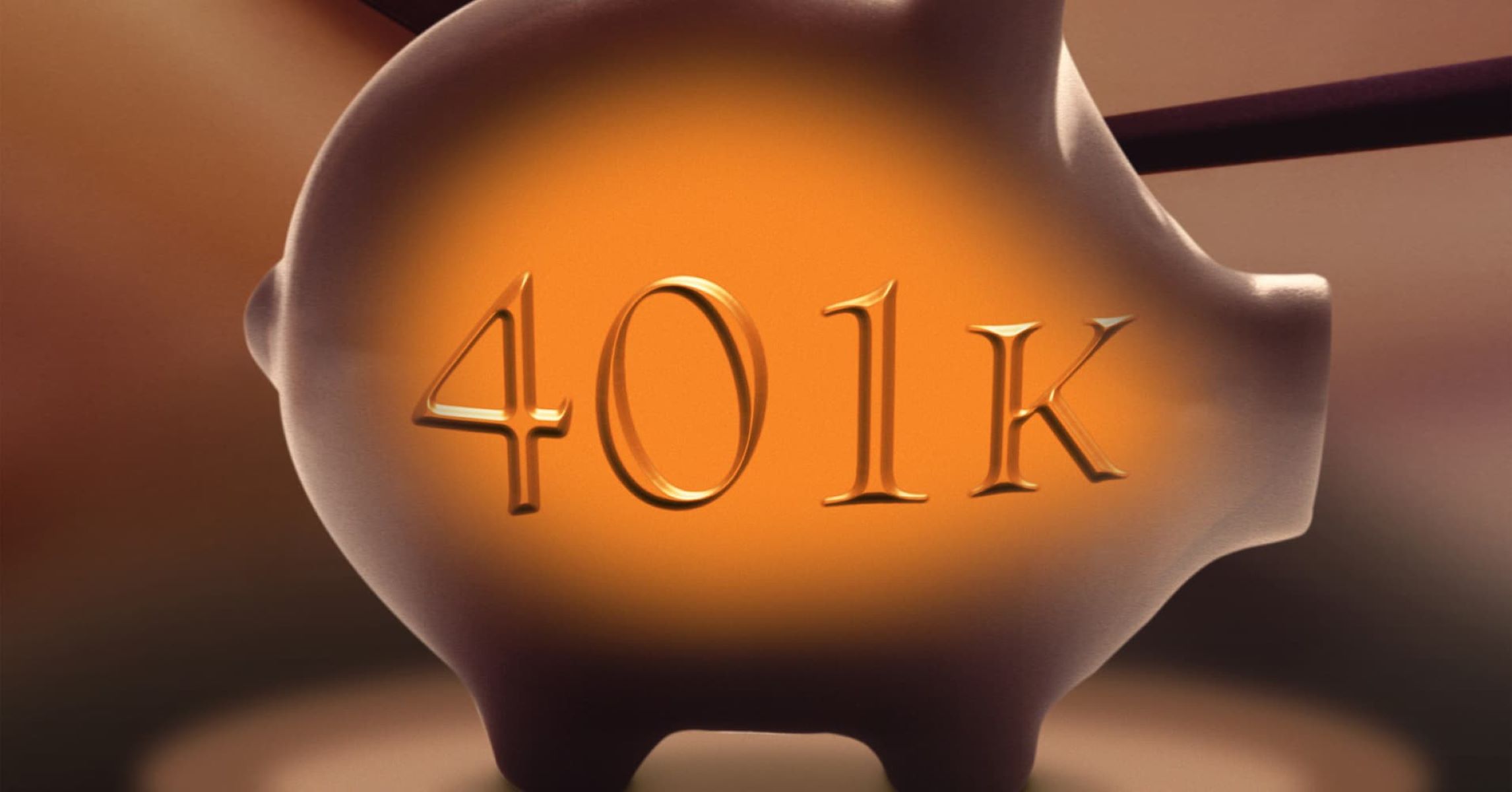Home>Finance>What Is A Fixed Exchange Rate? Definition And Examples
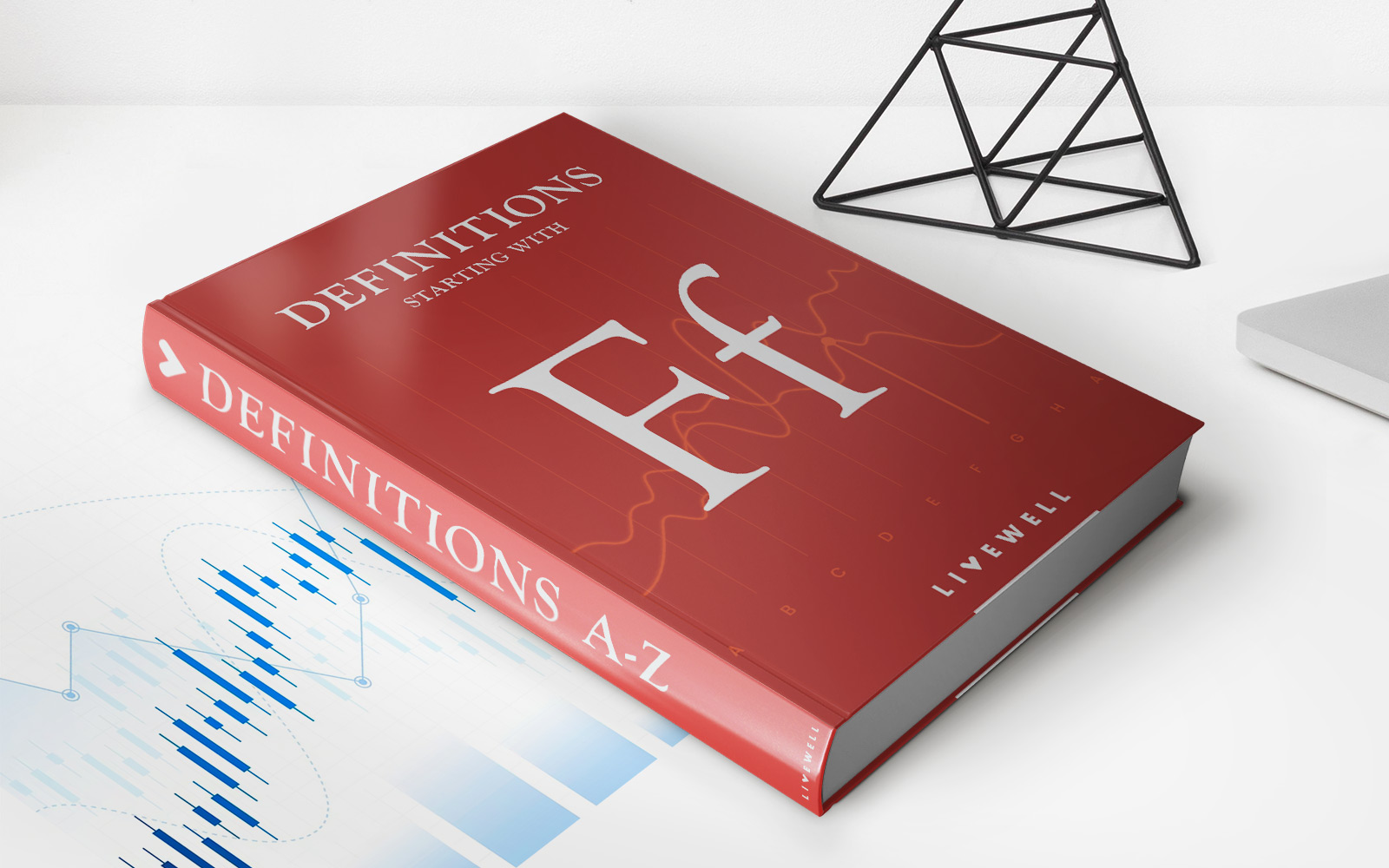

Finance
What Is A Fixed Exchange Rate? Definition And Examples
Published: November 25, 2023
Discover the definition and examples of fixed exchange rates in finance. Understand how they impact currency values and international trade.
(Many of the links in this article redirect to a specific reviewed product. Your purchase of these products through affiliate links helps to generate commission for LiveWell, at no extra cost. Learn more)
What Is a Fixed Exchange Rate? Definition and Examples
Welcome to our Finance category blog post, where we dive into the intricacies of various concepts and terms that encompass the world of finance. Today, we will be exploring the concept of a fixed exchange rate, understanding its definition, and providing real-world examples to help you grasp this important financial concept.
Key Takeaways
- A fixed exchange rate refers to a system where a currency’s value is pegged or fixed to another currency, a basket of currencies, or a precious metal.
- This type of exchange rate system is commonly used by governments to provide stability in international trade and investment.
So, what exactly is a fixed exchange rate? In simple terms, a fixed exchange rate is a currency valuation system where a country’s currency is pegged or fixed to another currency, a basket of currencies, or even a precious metal such as gold. This means that the exchange rate between the two currencies remains constant and does not fluctuate.
Now, you might be wondering, “Why would a country choose to implement a fixed exchange rate?” Well, there are several reasons why governments opt for this system:
- Stability in international trade: By fixing the exchange rate, countries can provide stability to international trade as businesses can confidently plan and forecast expenses and revenues without worrying about sudden currency fluctuations.
- Encourages foreign investment: A fixed exchange rate can attract foreign investors as it provides them with a sense of security and predictability. This, in turn, can boost a country’s economic growth and development.
- Controls inflation: In some cases, a fixed exchange rate can help control inflation by reducing import price variations. This stability can prevent sudden price hikes and ensure a predictable economic environment.
Now that we understand why countries choose to adopt a fixed exchange rate, let’s explore some real-world examples for a better understanding of how this system works:
- The Gold Standard: In the past, several countries, including the United States, operated under the gold standard. This meant that their currency was pegged to a fixed amount of gold. The exchange rate between gold and the currency remained constant, providing stability in international trade.
- The Currency Board System: Hong Kong is an example of a country that adopts a fixed exchange rate through the Currency Board System. The Hong Kong Dollar (HKD) is pegged to the US Dollar (USD) at a fixed rate of HKD 7.8 to USD 1. This system has helped Hong Kong maintain stable and reliable currency exchange.
In conclusion, a fixed exchange rate is a currency valuation system that offers stability in international trade, attracts foreign investment, and controls inflation. Governments adopt this system by pegging their currency to another currency, a basket of currencies, or a precious metal. Understanding fixed exchange rates is crucial for anyone involved in international finance and trading.
We hope this blog post has provided you with a clear definition of a fixed exchange rate and increased your knowledge of its importance in the world of finance. Stay tuned for more informative posts in our Finance category!
